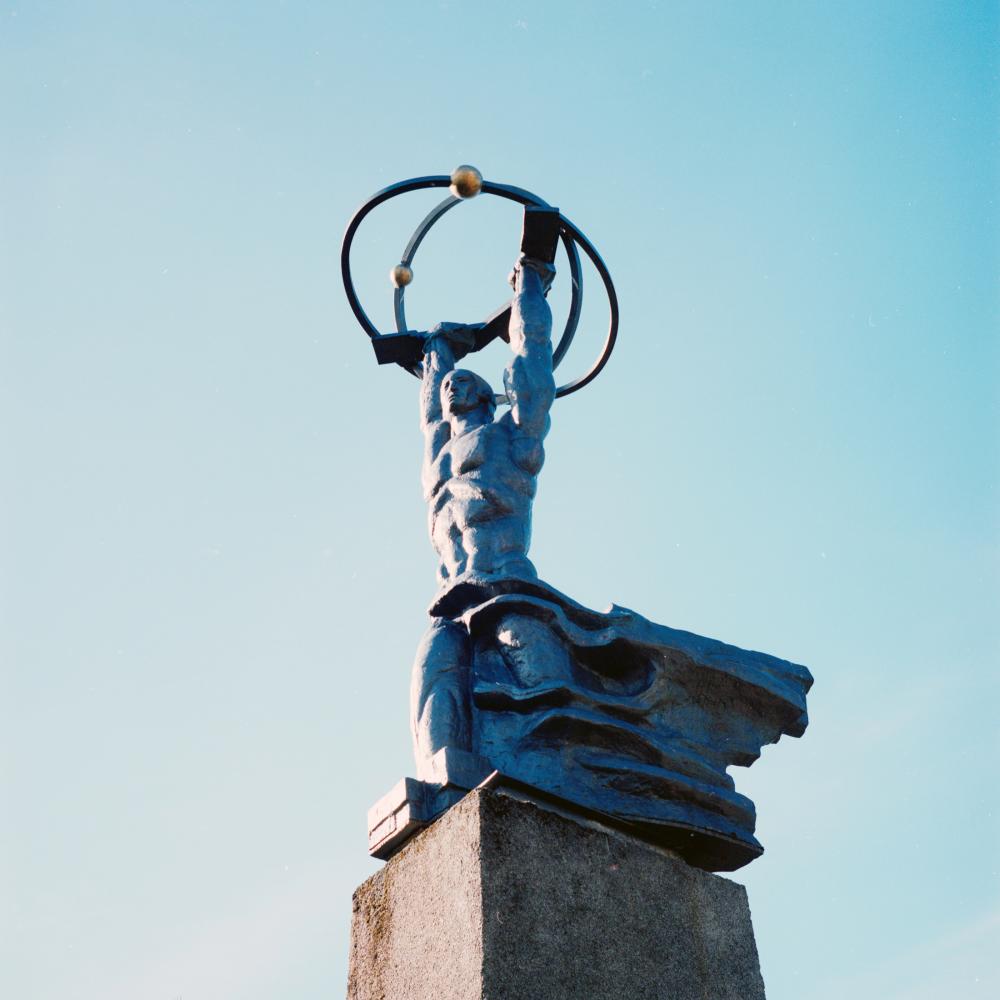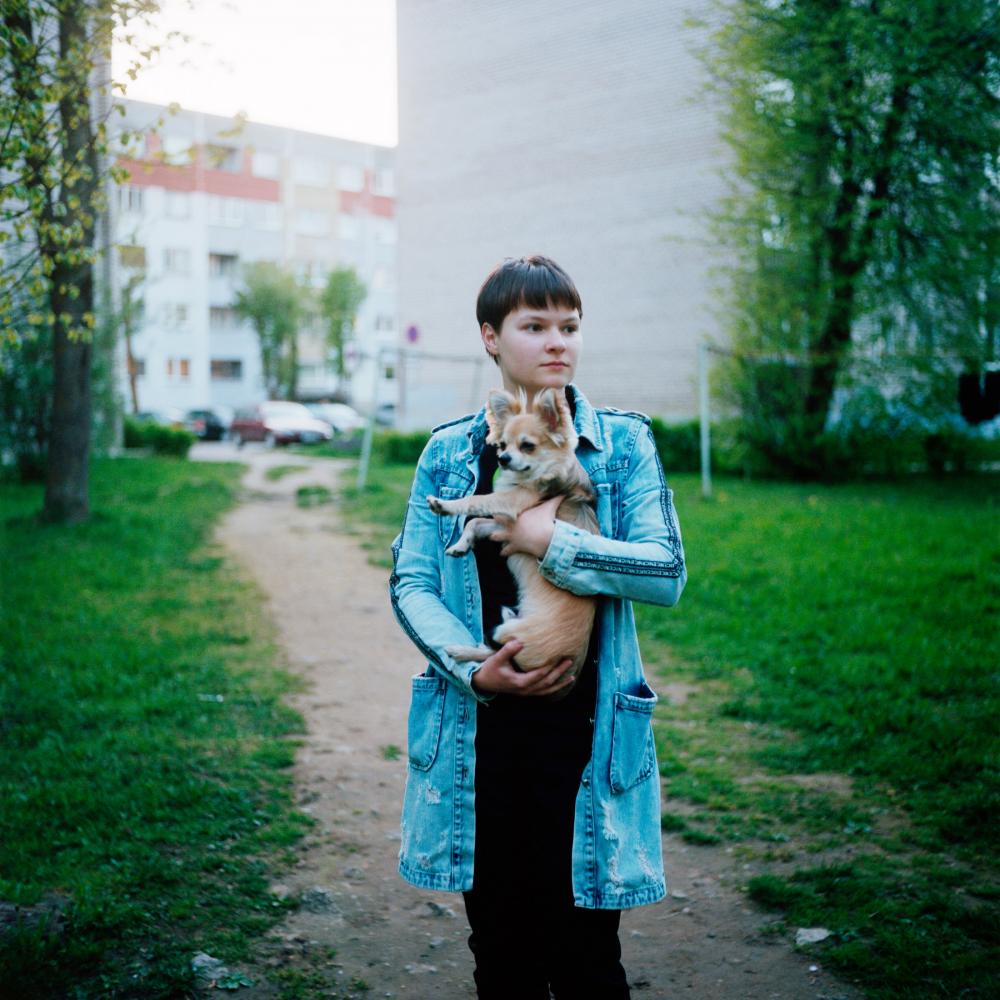Private Story
Ida Virumaa
This ongoing photographic essay is questioning how a once privileged population became disadvantaged on the fringes of two cultural and political spheres of influence. The subject of this essay is the town of Sillamäe, a «Russian» city of Estonia.
During the USSR, Sillamäe was a secret city because of its atomic industry. Today, neglected, the city has become a symbol representing the challenges that the Estonian government is facing to integrate its Russian minority - heavy Soviet heritage - mostly disadvantaged from the rest of Estonia. Sillamäe has 86% Russians, including non-citizens.
The Russian minority in Estonia
The population of Estonia has been turned upside down by the Russification effected by the Soviets in the era of the USSR. As a result, about one-third of Estonia’s population is ethnically Russian. Geographically, economically and socially, this population has been little integrated with the rest of Estonia since 1991.
During the fall of the USSR, many Russians brutally found themselves in a new country, the Republic of Estonia. Most did not speak Estonian and lived in regions, towns or neighbourhoods away from ethnic Estonians. Estonian nationality was not granted automatically. Those who could not prove that they were descendants of native Estonians became non-citizens. A gray passport called «alien» was awarded with limited civil rights.
Today it has changed a bit. But there is still a certain number of non-citizens (7%). To take Estonian nationality, non-citizen Russian-speakers are asked to take a test of Estonian language and culture. Estonian and Russian are two languages without a common root. Many (citizens or not) speak bad Estonian and are more inclined to culturally turn to Russia than to Estonia. The distribution of this population shows that Russian speakers are geographically concentrated in neighbourhoods or cities that may be described as Russian. Socially they are disadvantaged, their rate of unemployment is high. Their integration into Estonian society has become a political puzzle.
The city of Sillamäe
During the Soviet era the city was to be kept secret. Its name was coded, it did not appear on any map, photo or film. The city was forbidden to anyone who was foreign to it. A false church was even built there to deceive the enemy fleet that would observe it from the shore of the Baltic Sea. And for good reason ! In Sillamäe one participated in the design of Stalin’s atomic bomb.
At the end of the second world war, the Soviets were under pressure. The USA had already blown up their first bombs. It was necessary to catch up. The Soviets, had the know-how, but lacked a uranium mining site.
The town of Sillamäe, in the north-east of the Soviet Socialist Republic of Estonia, on the Baltic coast, seemed to be the ideal place, its underground was loaded with uranium-rich shale. It was just necessary to bringin manpower and make room for it: The Estonian landowners and intellectuals of the city were murdered or deported and in the interests of Russification, their spoliated properties were attributed to scientists and workers coming from the whole Union. In a few months, thousands of workers built a uranium processing plant needed for the Soviet bomb.
The factory gave work to the region during the Soviet era. The atom representing the strength and power of the Union. Sillamäe and his hidden workers were particularly pampered. Evidenced by its neoclassical architecture gratified stucco. Some say that it had to be as beautiful as Leningrad ... For the comrades, a hidden paradise ... !
And came the restoration of independence of Estonia, in 1991. The plant stopped. Privatized, it was converted into rare earths extraction. Many workers were fired. The city was un-classified and the Russians became the symbol of the Soviet oppression over Estonians. The exodus was massive. Many returned to Russia. Those who decided to stay were no longer understood. Some lost their nationality, becoming non-citizens.
Today the city continues to depopulate, its unemployment rate is high, the uranium plant has left a radioactive lake - today secured. Sillamäe became a marginal city for marginal citizens.
On its own scale, Sillamäe brings together many of the challenges that a contemporary Estonia is facing with its Russian-speaking minority: citizenship, integration, housing, history...
SOME FIGURES
- Population in Sillamäe
- 1940 : 2,642 inhab.
- 1994 : 20,104 inhab.
- 2001 : 17,340 inhab.
- 2014 : 13,288 inhab.
- 2020 : 12,480 inhab.
- Ethnic distribution of the population in Sillamäe
- Russian : 87,49%
- Estonian : 4,81%
- Ethnic distribution of the population in Estonia
- Russian : 26%
- Estonian : 70%
- Breakdown of the population in Estonia
- Estonian citizens : 85%
- non citizens : 7%
- Russian citizens : 7%





























